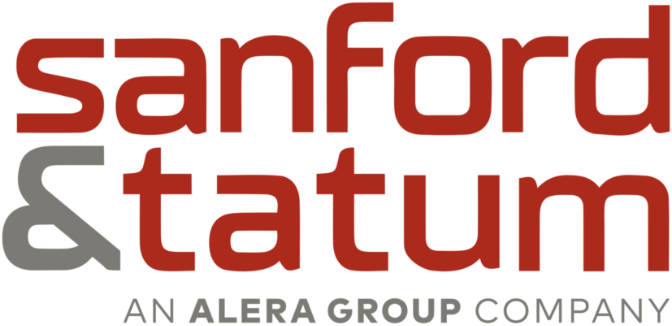
DOL Issues Guidance on AI-related Wage and Hour Risks
On April 29, 2024, the U.S. Department of Labor’s (DOL) Wage and Hour Division (WHD) published Field Assistance Bulletin (FAB) No. 2024-1 on the use of artificial intelligence (AI) in the workplace.
The FAB follows a statement released by the White House announcing key AI-related actions following President Joe Biden’s executive order issued on Oct. 30, 2023, on establishing standards for AI safety and security.
Guidance on AI-related Wage and Hour Risks
Employers are increasingly using AI tools to generate timecards, set schedules, monitor performance, track employee hours and process payroll. As such, the FAB highlights certain compliance risks under the Fair Labor Standards Act (FLSA) for employers using these tools. These risks include:
· Tracking employee work time;
- Monitoring employee break and waiting time;
- Using location-based monitoring for individuals performing work at multiple geographic locations;
- Calculating employees’ regular rate of pay and overtime compensation; and
· Violating the FLSA’s antiretaliation provisions
To aid employers in addressing these compliance risks, the WHD identifies recommended practices, including exercising proper human oversight, to help ensure that AI systems and tools do not violate the FLSA.
Additional AI-related Guidance
In addition to addressing FLSA compliance risks, the FAB also examines certain AI-related risks that may arise under other laws, including the Family and Medical Leave Act (FMLA), the Providing Urgent Protections for Nursing Mothers Act (PUMP Act) and the Employee Polygraph Protection Act (EPPA). For example, using AI tools to administer FMLA leave can create potential risks for violating the law’s certification requirements when determining whether an employee’s leave is FMLA-qualifying.
Employer Action Items
While FABs are not necessarily legally binding, they offer insight into how the DOL interprets laws it enforces and how agency officers will analyze workplace conditions and circumstances to enforce compliance.
Using AI systems for scheduling, timekeeping and calculating rates of pay and overtime may increase an employer’s risk under the FLSA. Therefore, employers should ensure that their AI systems and tools comply with all federal laws and regulations by examining potential legal and business risks associated with AI, implementing AI usage policies and establishing internal best practices.
Important Dates
Oct. 30, 2023
Biden issued an executive order on the safe, secure and trustworthy development and use of AI.
April 29, 2024
The WHD published FAB 2024-1 providing guidance on AI-related risks under the FLSA, FMLA, PUMP Act and EPPA.
This Legal Update is not intended to be exhaustive nor should any discussion or opinions be construed as legal advice. Readers should contact legal counsel for legal advice. © 2024 Zywave, Inc. All rights reserved.

Discussion
There are no comments yet.